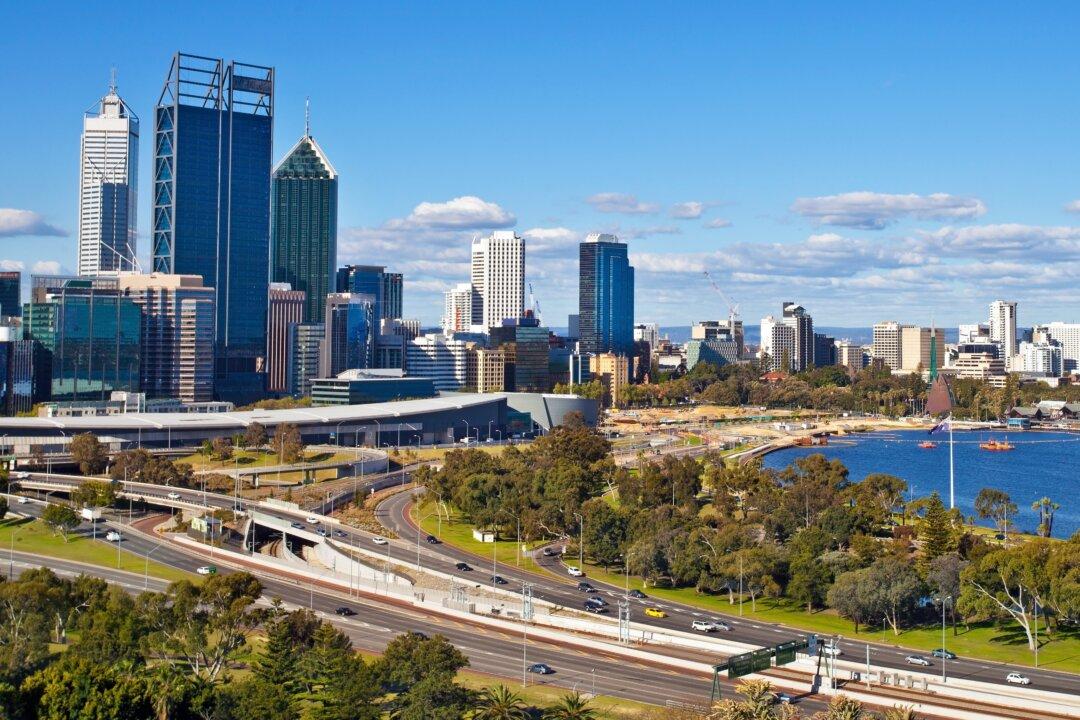The Australian government has given an ear to the cryptocurrency industry and appointed a new committee that will oversee the development of long called for regulation in the sector which is worth trillions of dollars globally.
More than 800,000 Australians have already made crypto transactions over the last three years—a figure growing at an accelerated rate after 2021 recorded a 63 percent rise compared to 2020—using popular digital currencies such as Bitcoin and Ethereum.





